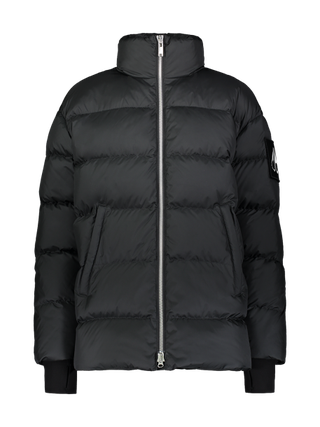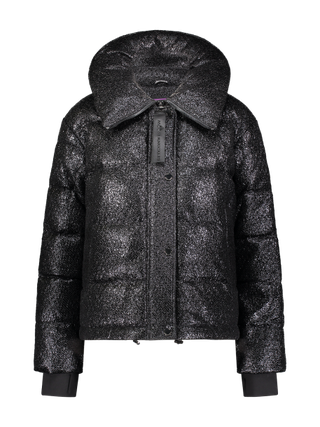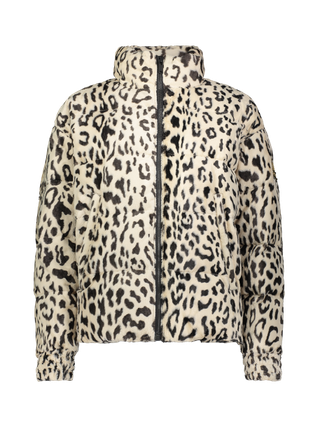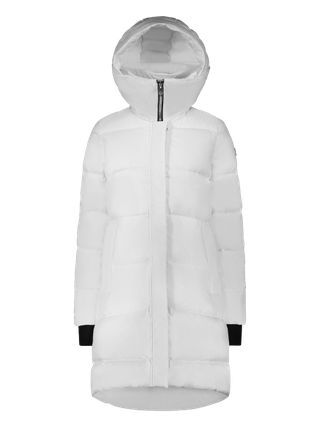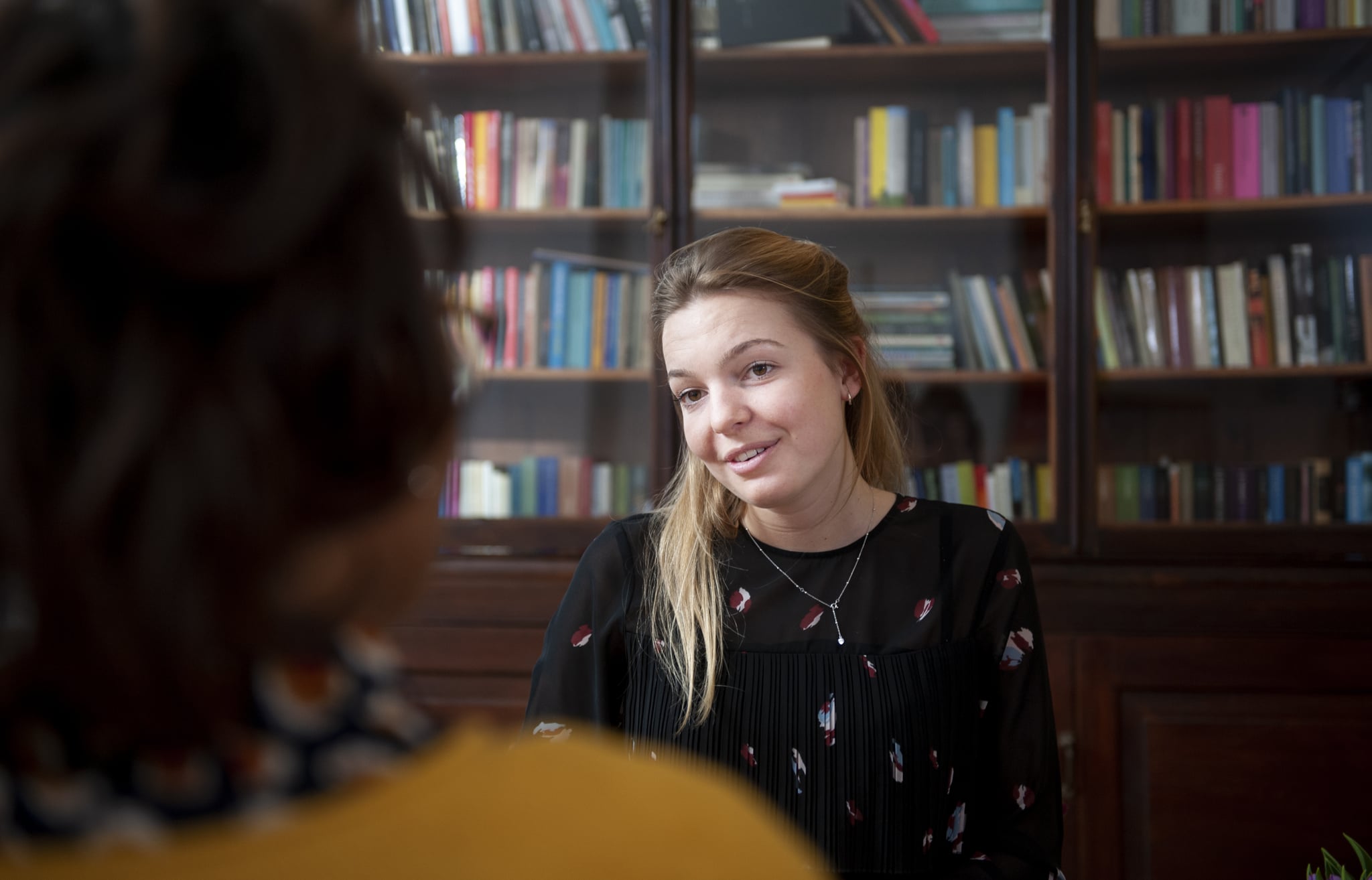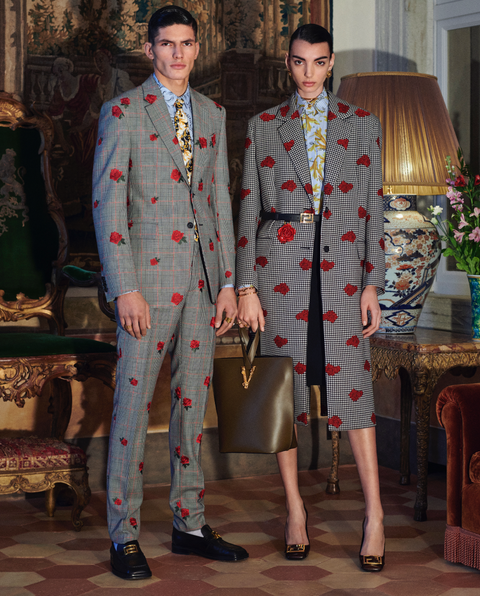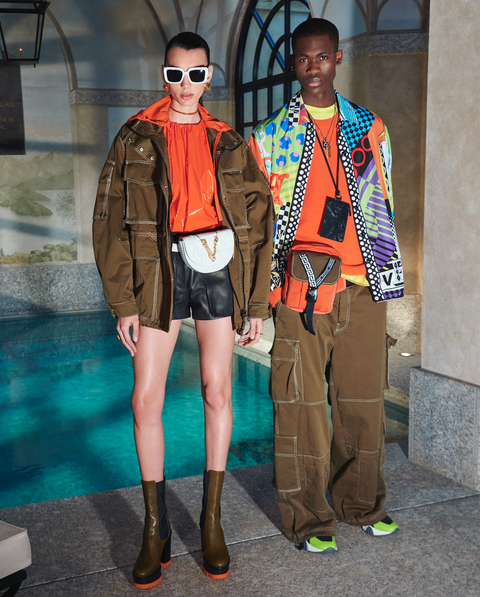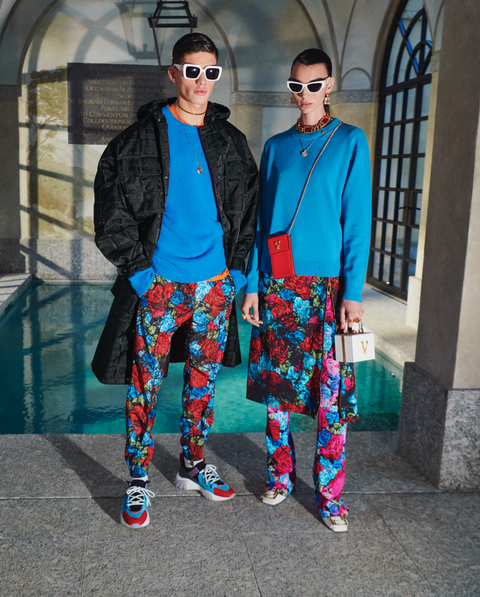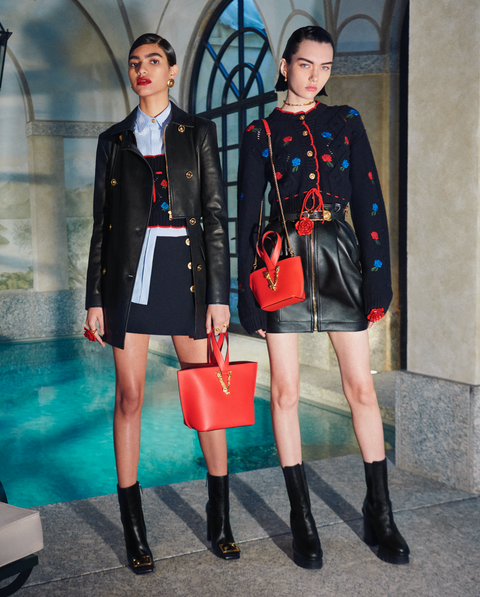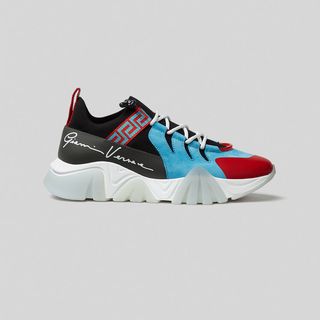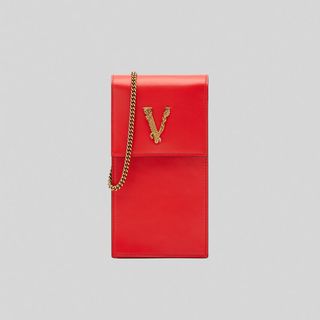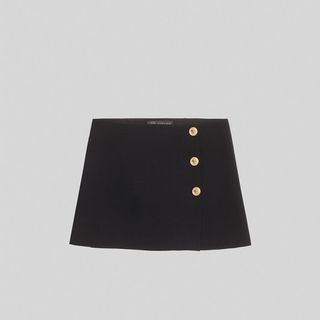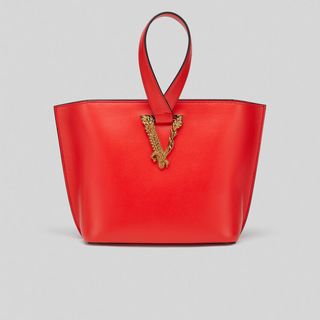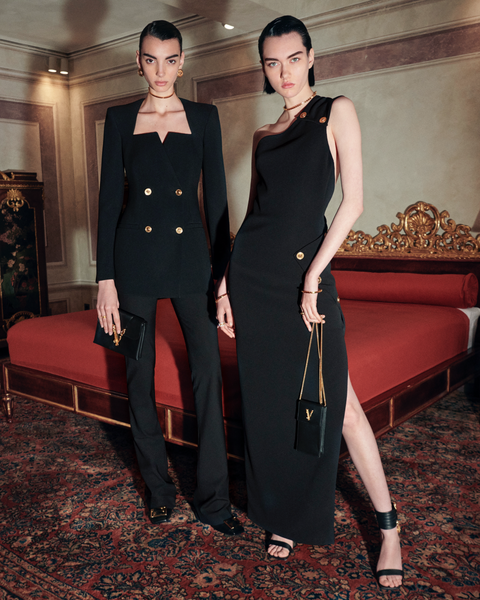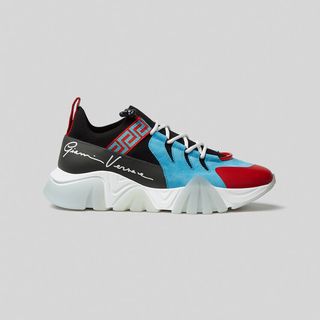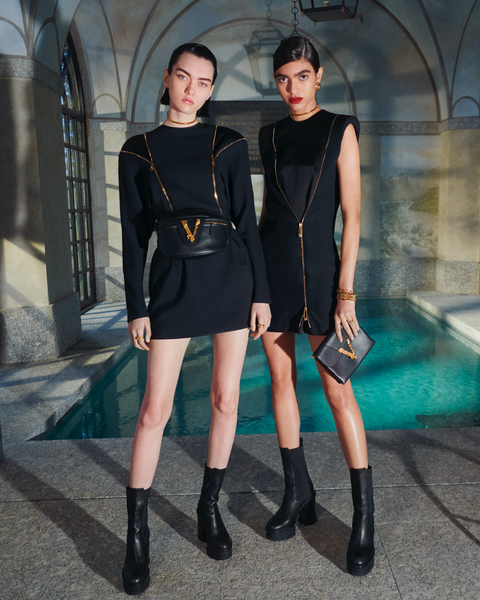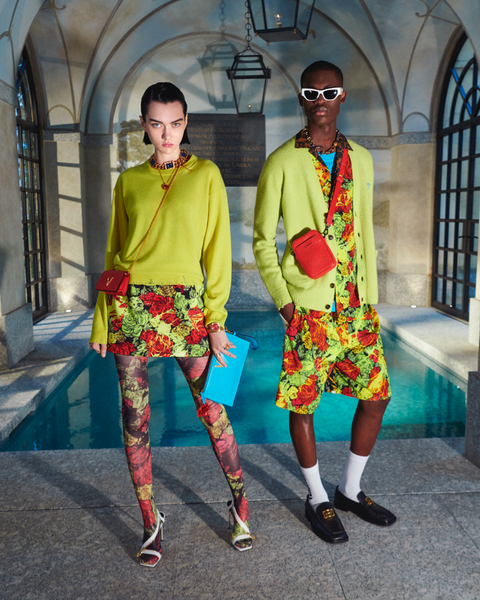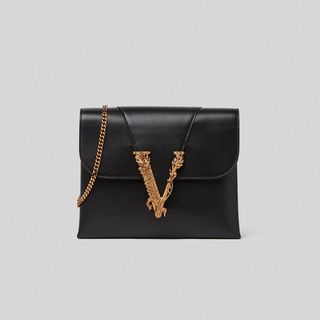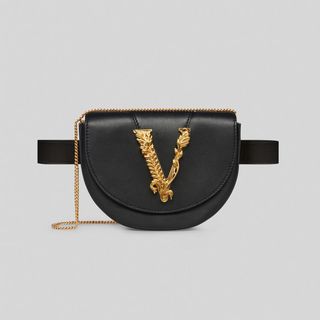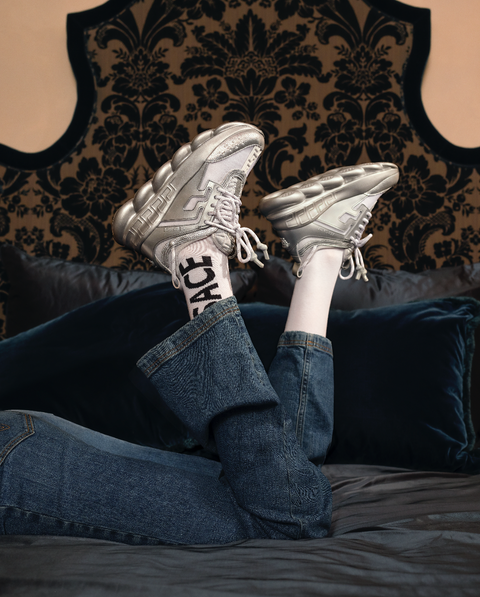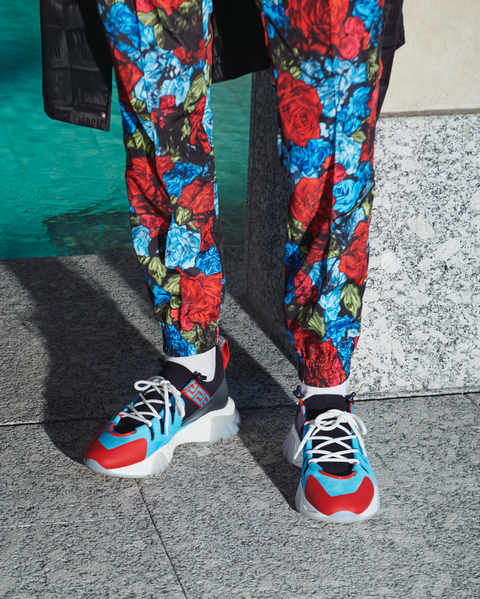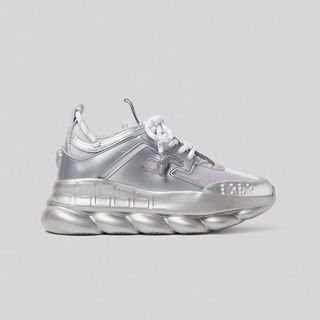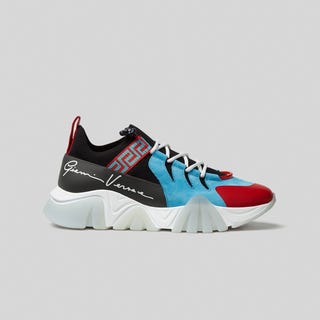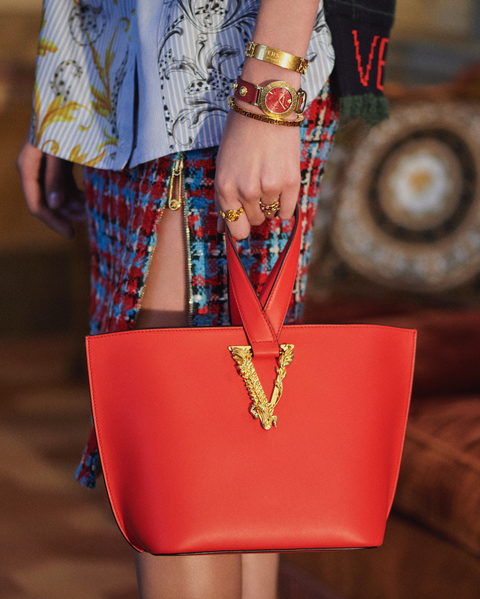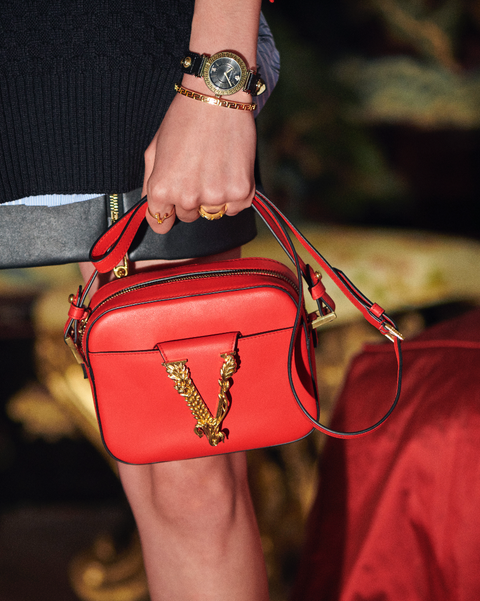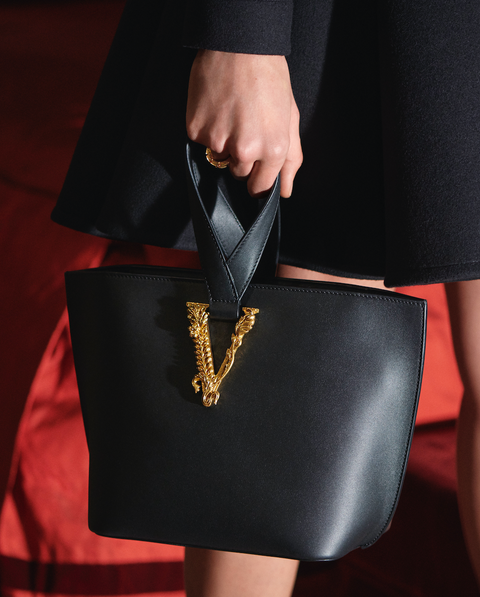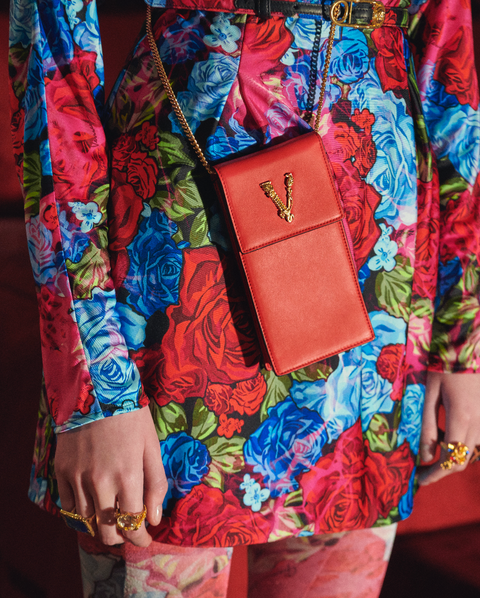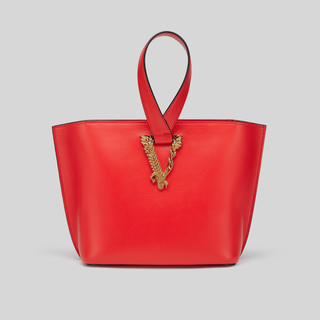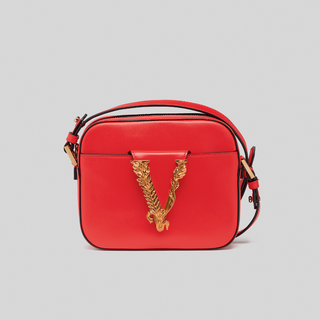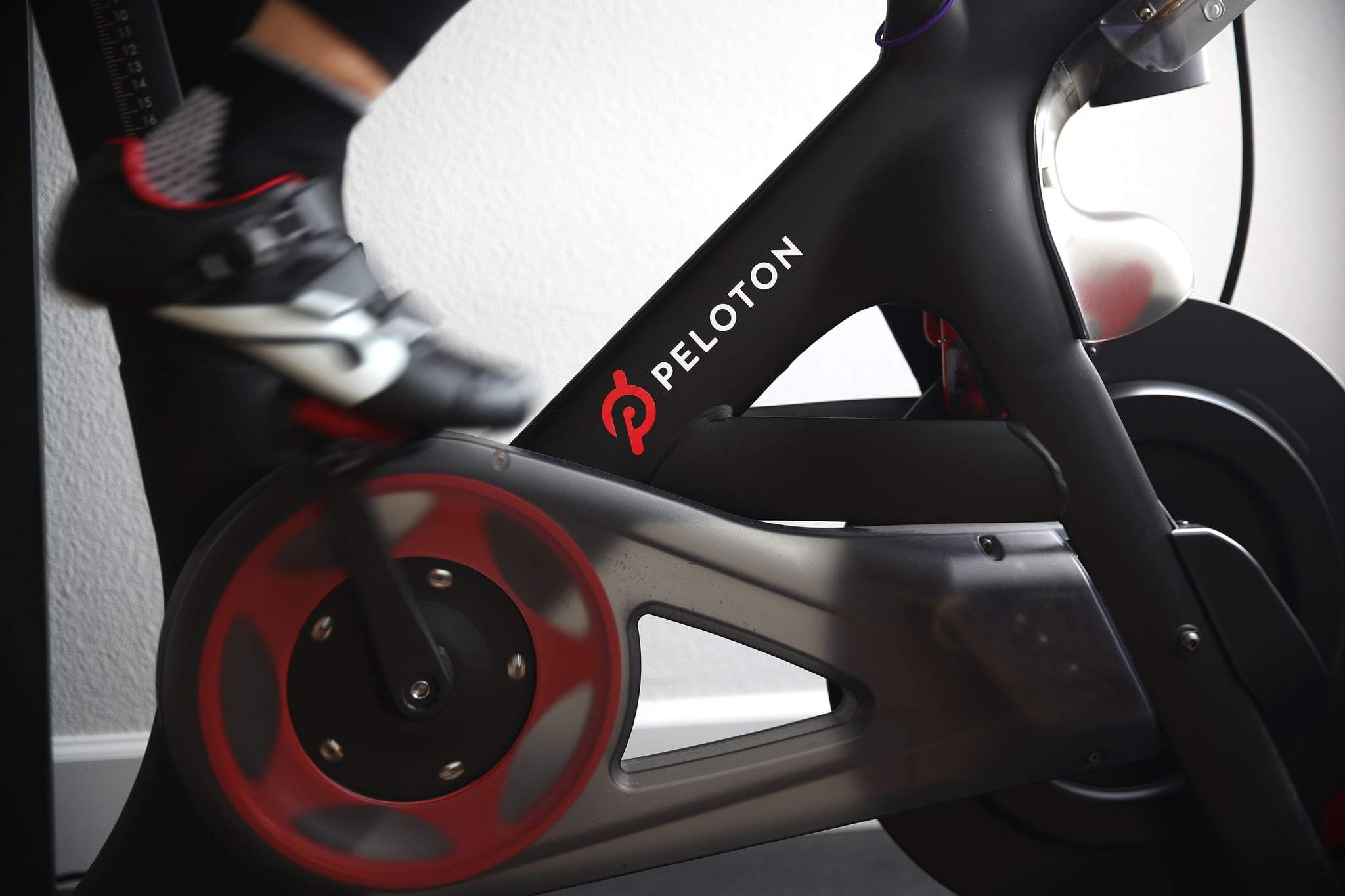You know what I think about a lot? That time Jason Mamoa called out Chris Pratt for posing with a single-use plastic water bottle on Instagram by commenting, in part, “Bro … WTF.” Since then, whenever I scroll past a picture of serum-soaked polyester plastered to an influencer’s face, I can’t help but wonder: When will the sheet masks be Mamoa’d?
It seems the moment has come. Clean beauty retailer Credo recently announced it will stop selling sheet masks and other single-use skincare products, like makeup wipes and exfoliating pads, by June 2021—an industry first.
“‘Clean’ has to include sustainability,” Mia Davis, the Director of Environmental & Social Responsibility at Credo, tells ELLE.com. After all, what good is a product that’s supposedly safe for your skin if it’s unsafe for the earth, contributing to the health- and skin-degrading pollution particles that precipitate the need for “clean” skincare products in the first place? A 20-minute sheet mask, for example, is typically made of petroleum-based fibers, packaged in a non-recyclable foil packet or non-recyclable coated cardboard, sandwiched between two sheets of non-recyclable plastic, and covered in cosmetic chemicals—more of a sachet of superfluous waste than a skincare product, really. “We realized that prohibiting these items [at Credo] would, at a minimum, keep 3,000 pounds of trash out of the landfill,” Davis shares.
Yes, sheet masks are literal trash.
“Usually, none of these components are recyclable and all of them end up in the rubbish—at best, in a landfill; at worst, in the ocean,” Susan Stevens, the founder and CEO of Made With Respect, explains. Over hundreds of years, these materials break up into microplastic particles or break down and release greenhouse gasses, eventually polluting the air, water, soil, and bodies of all living beings (humans included). “Synthetic cosmetic chemical ingredients may make their way through waste-water treatment plants and into the ocean when they are washed down the drain, polluting marine life and causing environmental damage,” Stevens adds. But this visible excess—the foil packets, the plastic inserts, the product itself—only scratches the surface of the unsustainability of sheet masks.
The production of petroleum-based materials affects human health.
“Plastic affects our health way before it becomes a waste management issue,” Dianna Cohen, the co-founder and CEO of Plastic Pollution Coalition, says. She notes that the same goes for many cosmetic chemicals used in sheet masks, including petrochemicals (derived, like plastic, from petroleum) and the endocrine disruptors found in some synthetic fragrance formulas.
“When you look at the process of extracting crude oil, then converting it into hydrocarbon monomers, then converting that to plastic, you see that we’re polluting the environment and local communities by releasing greenhouse gasses and harmful chemicals into the water and into the air,” Cohen shares. Along that production line, potentially toxic substances like bisphenols and phthalates are added to the mix. “When we finally manufacture it and mold it into various products”—microfiber or polyester cloths, outer packaging, and cosmetic petrochemicals, just to name a few plastic products associated with sheet masks—“we are polluting the people who work at those factories and the communities surrounding those factories,” the co-founder says.
This pollution primarily impacts low-income communities and communities of color.
“These facilities are built in the neighborhoods where they live,” Cohen says, noting that this is known as environmental racism. “It’s a relic of colonialism and slavery and how we treat people as disposable and have built a culture around disposability with materials, but none of these materials are actually disposable,” she says. “Nothing is disposable.” Everything goes somewhere. The component parts of a sheet mask will live on in the environment, outliving the user.
Even “natural” and “plant-based” sheet masks present problems.
Davis points to the massive amount of resources required at the production level, “from the pesticides used growing cotton, to the water used growing crops [for plant-based materials].” For reference, producing just one pound of organic cotton demands 1,320 gallons of water; that means hundreds of gallons of water are wasted on each and every short-lived cotton sheet mask.
As for “biodegradable” or “compostable” versions? They are rarely biodegrade. “The unfortunate truth is that most people who are using those products are throwing them in their waste bin, and that’s going to a landfill, and nothing biodegrades in a landfill,” Davis says, confirming that Credo’s ban on sheet masks extends to these supposedly “eco-friendly” iterations as well. “We don’t want to lull anyone into a false sense of action. It’s not real.” Even if consumers plan to compost at home, ingredients matter. A plant-based sheet mask isn’t doing the soil any favors if it’s coated in a petrochemical-infused serum.
All of the above issues apply to regular beauty products, of course—it’s just that sheet masks have a particularly concerning product-waste-to-product-payoff ratio, no matter what they’re made of.
Can a ban on sheet masks really make a difference?
Like previous bans on plastic straws, bottles, and bags, a ban on sheet masks—even one from a small-scale retailer like Credo, which has proven to be a leader in the clean space—is more than a ban. It foreshadows a shift in the culture of consumption. The same way seeing a single-use water bottle on Instagram now calls to mind the plastic it’s made from and the marine life it could harm, spotting a sheet mask on social might soon signal the small pile of garbage sitting out of frame, the chemicals it leaches into the soil.
“When I see an influencer using a sheet mask, I do consciously think about the waste they’re creating,” Avery C. Banks, the beauty blogger behind The Boheaux, explains. (Banks used to sheet mask four times a week, but stopped earlier this year in an effort to be more eco-friendly.) “I don’t judge their sustainability journey, though. We’re all out here trying our best and maybe they simply haven’t thought about the environmental impact of that little mask.”
It’s becoming increasingly difficult to remain ignorant of said impact, if Credo’s stance on single-use skincare (and the urgency of climate change) is any indication—not that it was necessarily easy to ignore before. Consumers need only gaze upon their bursting garbage bins to realize the product is problematic.
“I was taking out the trash and all I could see were mask packages,” says Clare Neesham, a recently reformed sheet mask obsessive. She was sheet masking twice a week at the peak of her habit. “After a while, I started thinking about all the waste that was being produced, not just the masks themselves, but all the serum [and] the package,” Neesham recalls; too much for a few fleeting moments of self-care.
Still, eco-conscious retailers may have a hard time convincing customers to give them up.
“We let go of a sheet mask because it wasn’t fully biodegradable, and people complained that we didn’t have it anymore,”says Jeannie Jarnot, the founder of green beauty retailer Beauty Heroes. Credo’s Davis anticipates a similar reaction. “I do think that there will be some customers that are really bummed, and it will affect our bottom line,” she says. “We’re hoping some of the larger retailers”—Sephora, Ulta—“will make the same commitments, so that we will increase consumer awareness” and decrease the industry’s impact on the earth. This push-pull between companies and their customers is “the chicken or the egg” of the current climate crisis: Who bears the burden of creating a more sustainable future? “Corporate waste is the majority of the problem,” adds Aja Barber, a writer, stylist, and consultant in the environmental space. (100 companies are responsible for 71 percent of global emissions, as The Guardian reports.) “But corporations don’t change unless the general public takes an interest and holds them and our government regulators to account, and I think to do all of that, it starts with changing your own habits,” Barber continues. “A lot of people saying ‘I’m not interested in this product anymore’ changes the system.””In the comparison between individual action and corporation action, the question isn’t either/or,” Cohen agrees. “It’s that every action matters.”
Credo’s ban may be the catalyst to inspire that action, to make posting a sheet-masked selfie as taboo as posing with a plastic water bottle—to create a mass-scale Mamoa moment, if you will. It just may be the beginning of the end of the sheet mask.
This content is created and maintained by a third party, and imported onto this page to help users provide their email addresses. You may be able to find more information about this and similar content at piano.io
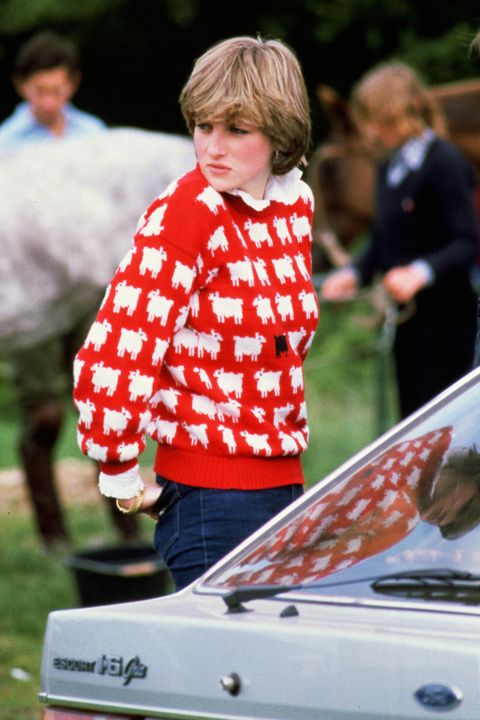
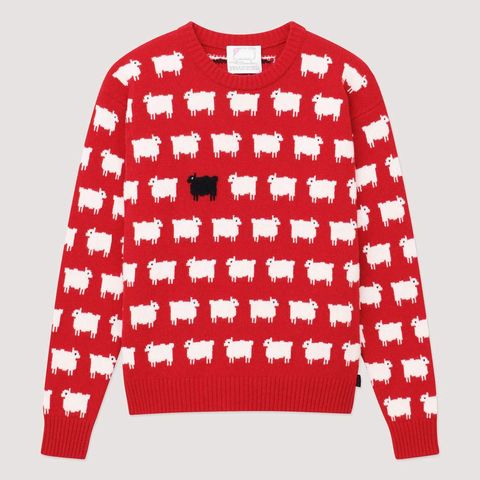
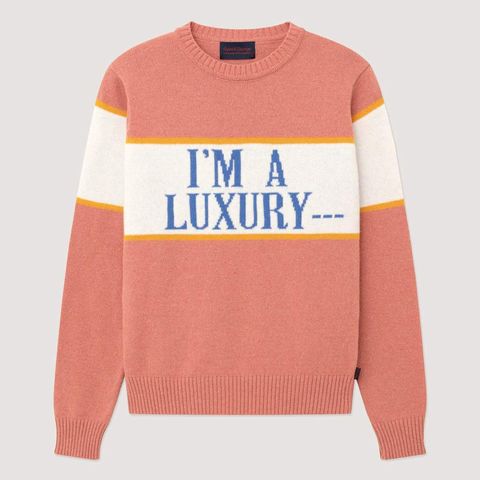


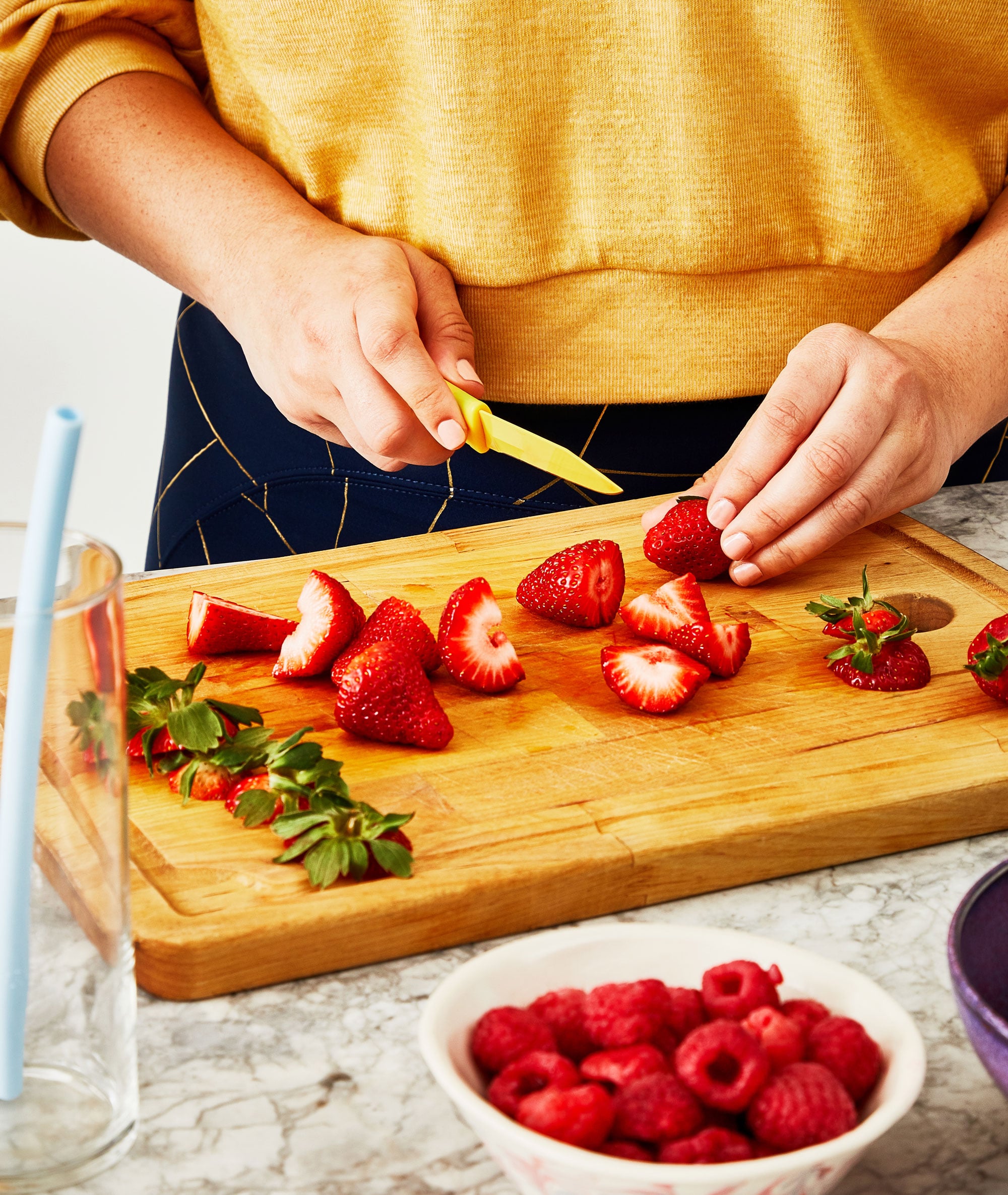
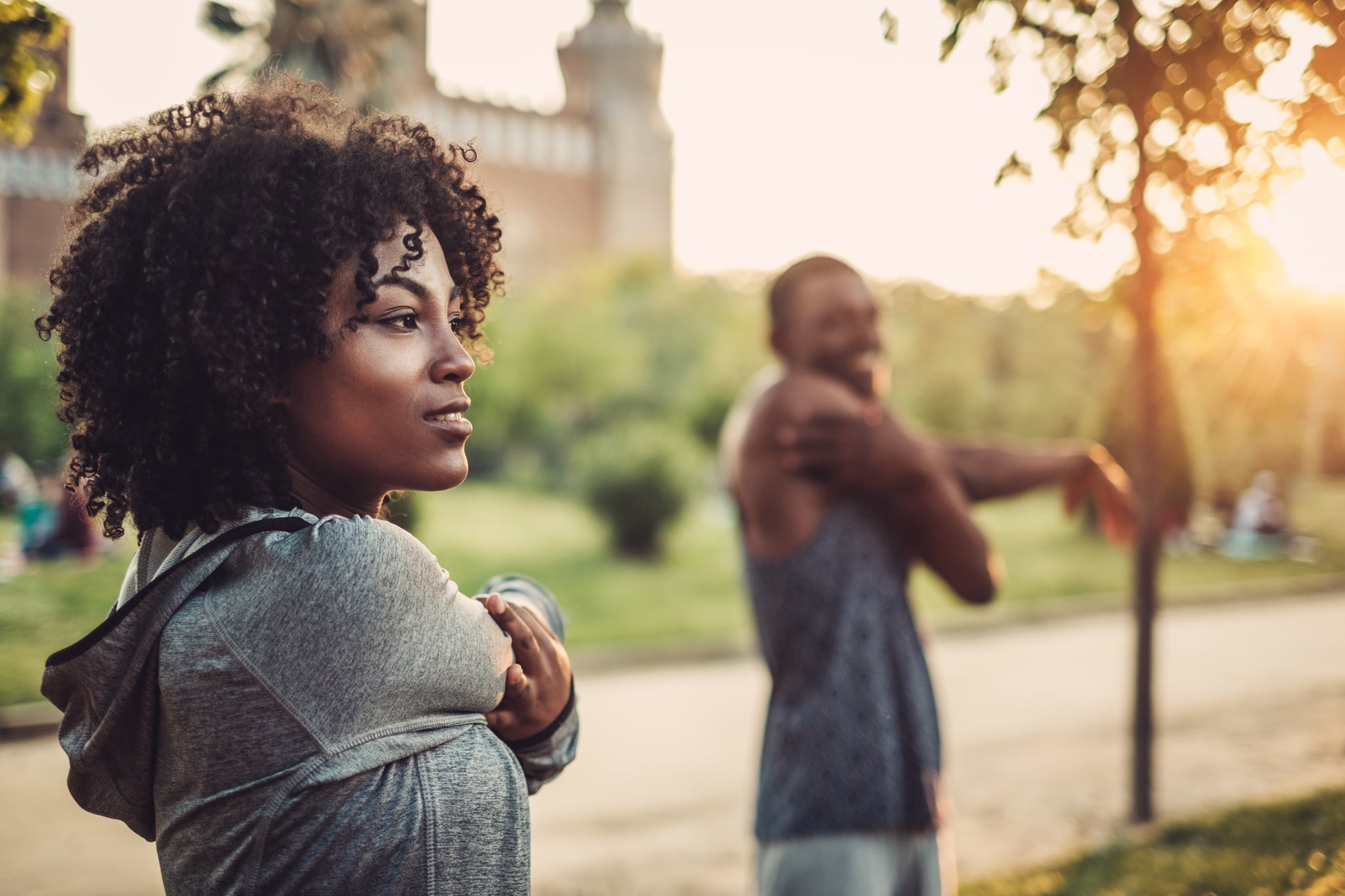
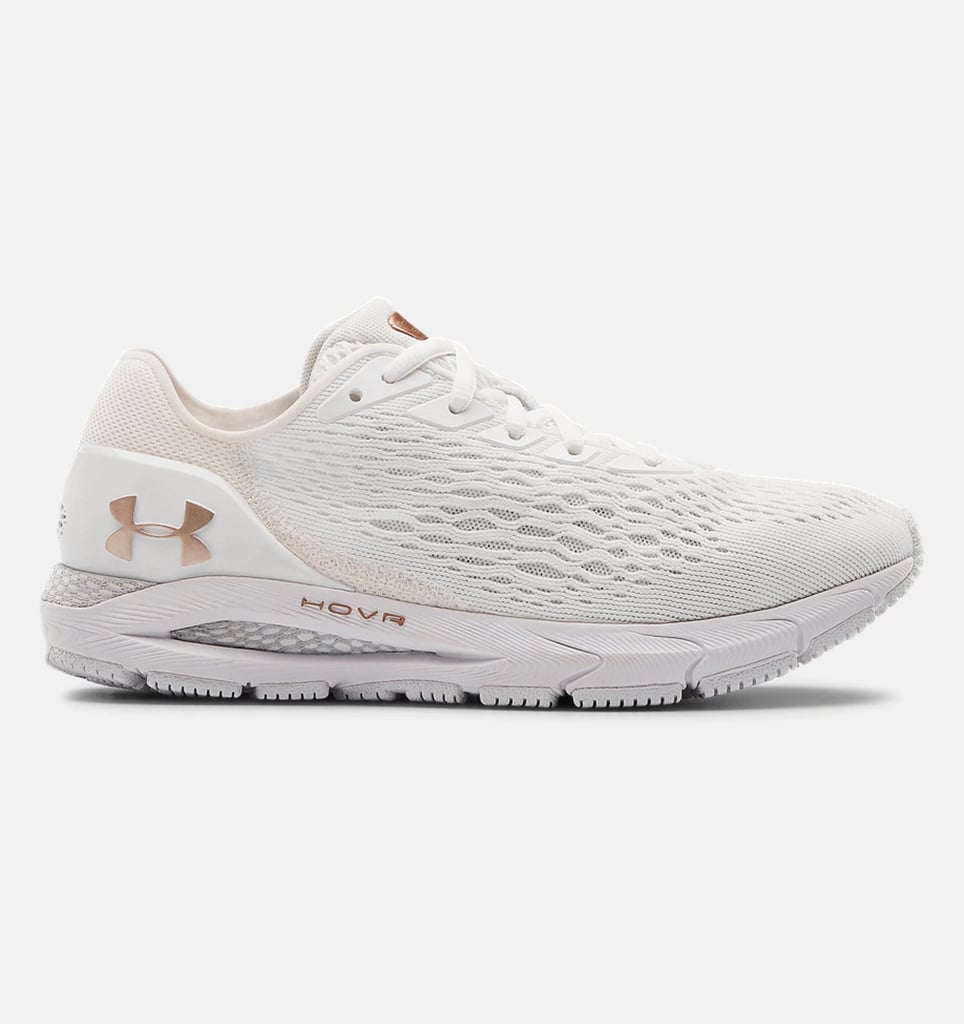
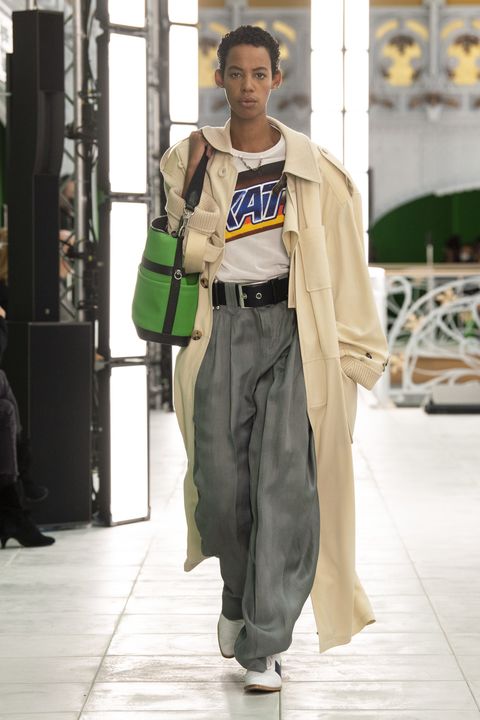

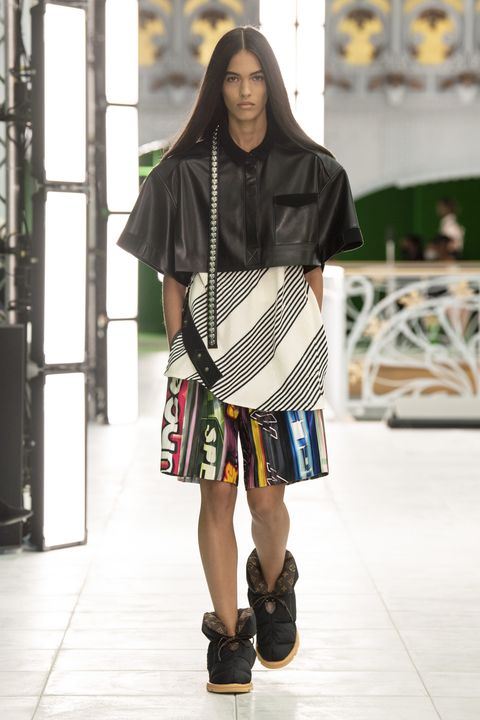




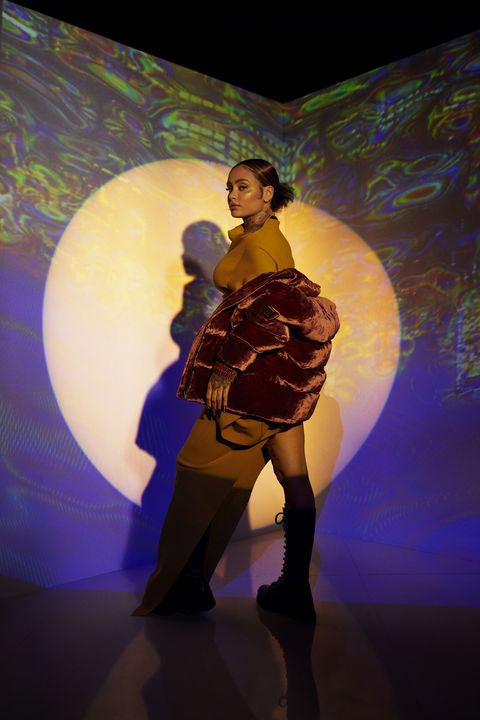
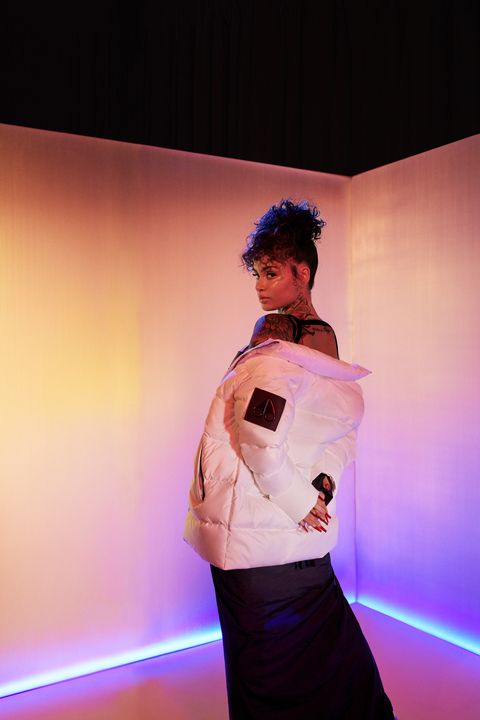
![It Was Good Until It Wasn't [Explicit]](https://hips.hearstapps.com/vader-prod.s3.amazonaws.com/1602078225-51MoqUHkM9L.jpg?crop=1xw:1xh;center,top&resize=480%3A%2A)
